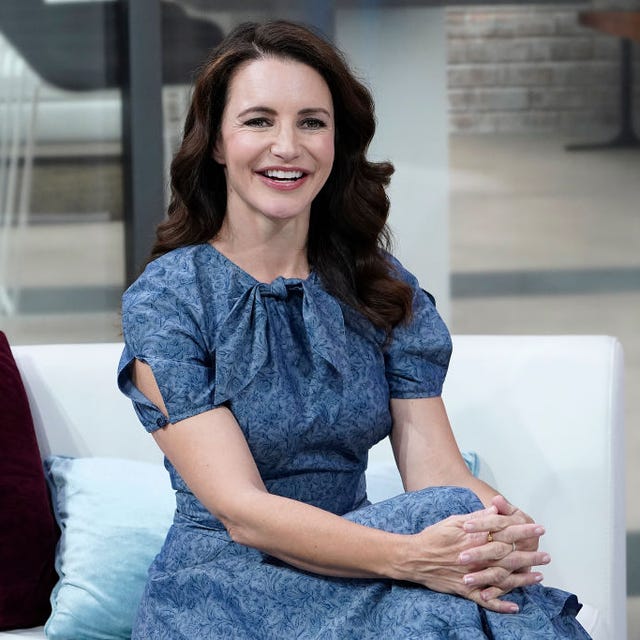Quick Type RS-fourteen
When looking for a good and you can legitimate software, just necessary for other communities and in addition where suggested basis construction will be verified, several biggest wants was indeed for the appeal. “This new RS-fourteen shows the fresh new brevity, readability, and easy rating that have been identified as extremely important features when selecting products for use with teenagers” (Pritzker and you may Minter, 2014, p. 332). The fresh new RS-fourteen “will even give details of the new development and you will profile away from resilience making use of an acquireable measure of strength which in turn have a tendency to permit evaluations which have earlier and future look,” and this “will offer help research that it is a psychometrically sound level to assess individual strength within the age groups of teenagers and young adults” (Wagnild, 2009a; Pritzker and you can Minter, 2014).
Moreover, Yang et al
In search of way more monetary version of one’s Strength Measure, coming down conclusion date, and you will creating even more particularly for fool around with having young people, Wagnild (2009a) modified the newest RS-25 to14 factors. The fresh new temporary “RS-14 size consists of fourteen mind-report points mentioned along a beneficial 7-section get level ranging from ‘1-highly disagree‘ so you can ‘7-strongly concur.‘ Large score was an indication off strength level. With regards to the article authors, ratings was computed from the a summation from effect philosophy per product, therefore permitting results to include fourteen so you can 98.” Ratings below 65 mean low resilience; anywhere between 65 and you will 81 inform you modest resilience; more than 81 will be interpreted as the high levels of resilience (Wagnild and you can More youthful, 1993; Wagnild, 2009b, 2014).
Using principal components analyses supported a single-factor solution; remaining in the RS-14 scale were those  items with all item factor loadings >0.40. Reported psychometric properties of the RS-14 have demonstrated sound psychometric properties comparable to those of the RS-25: evidence of a one-factor structure was found and high reliability (coefficient Cronbach’s alpha = 0.90 and greater 0.96) and a strong correlation with the full version (r = 0.97, p = 0.001) were obtained (Wagnild, 2014). The overall factorability of the RS-14 demonstrated a robust one-factor measure of resilience, which has been replicated and has been confirmed in different studies and in the adaptations of this version for different countries (Wagnild, 2014). For instance: German ? = 0.91 (Schumacher et al., 2005); Portugal ? = 0.82 (Oliveira et al., 2015); Finland ? = 0.87 (Losoi et al., 2013); Japan ? = 0.88 (Nishi et al., 2010); China ? = 0.92 (Tian and Hong, 2013); Korean ? = 0.90 (Kwon and Kwon, 2014); Spain ? = 0.79 (Heilemann et al., 2003); Italian ? = 0.88 (Callegari et al., 2016); and Greek ? = 0.89 (Ntountoulaki et al., 2017). (2012) “examined the measurement invariance of the RS?14 in samples of U.S., Chinese, and Taiwanese college students and supported a one-factor model that demonstrated scalar invariance across cultures” (Yang et al., 2012). The short version RS-14 has been tested regarding its structure and it was found that results are not always totally consistent. Some discrepancies exist between findings of different studies; for instance the Brazilian version with 13 items (Damasio et al., 2011) or 12 items in the Portuguese adaptation for adolescents (Oliveira et al., 2015), and in the German Version 11 items (Schumacher et al., 2005). These discrepancies can eventually result from sampling issues: some studies used participants from very different developmental phases (Damasio et al., 2011), and others used participants <13 years old, an option that is not appropriate given that the authors of the RS advise against the use of the scale with participants from earlier ages (Wagnild, 2009b; Pritzker and Minter, 2014).
items with all item factor loadings >0.40. Reported psychometric properties of the RS-14 have demonstrated sound psychometric properties comparable to those of the RS-25: evidence of a one-factor structure was found and high reliability (coefficient Cronbach’s alpha = 0.90 and greater 0.96) and a strong correlation with the full version (r = 0.97, p = 0.001) were obtained (Wagnild, 2014). The overall factorability of the RS-14 demonstrated a robust one-factor measure of resilience, which has been replicated and has been confirmed in different studies and in the adaptations of this version for different countries (Wagnild, 2014). For instance: German ? = 0.91 (Schumacher et al., 2005); Portugal ? = 0.82 (Oliveira et al., 2015); Finland ? = 0.87 (Losoi et al., 2013); Japan ? = 0.88 (Nishi et al., 2010); China ? = 0.92 (Tian and Hong, 2013); Korean ? = 0.90 (Kwon and Kwon, 2014); Spain ? = 0.79 (Heilemann et al., 2003); Italian ? = 0.88 (Callegari et al., 2016); and Greek ? = 0.89 (Ntountoulaki et al., 2017). (2012) “examined the measurement invariance of the RS?14 in samples of U.S., Chinese, and Taiwanese college students and supported a one-factor model that demonstrated scalar invariance across cultures” (Yang et al., 2012). The short version RS-14 has been tested regarding its structure and it was found that results are not always totally consistent. Some discrepancies exist between findings of different studies; for instance the Brazilian version with 13 items (Damasio et al., 2011) or 12 items in the Portuguese adaptation for adolescents (Oliveira et al., 2015), and in the German Version 11 items (Schumacher et al., 2005). These discrepancies can eventually result from sampling issues: some studies used participants from very different developmental phases (Damasio et al., 2011), and others used participants <13 years old, an option that is not appropriate given that the authors of the RS advise against the use of the scale with participants from earlier ages (Wagnild, 2009b; Pritzker and Minter, 2014).









